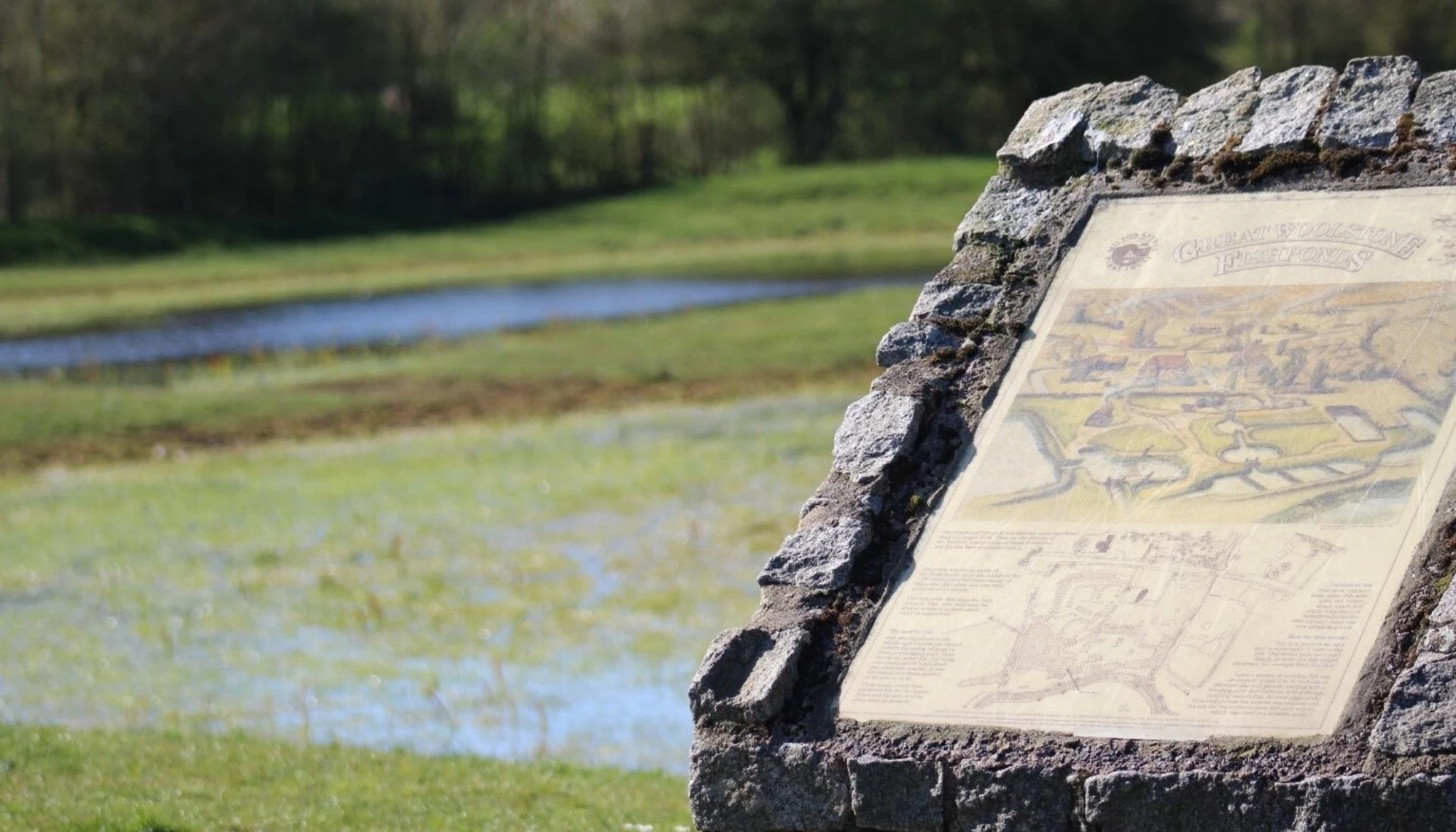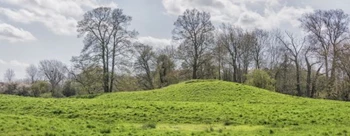Heritage Blog: Scheduled Ancient Monuments

Did you know that hidden in our parks are many historical treasures with evidence of Milton Keynes’ life before the new city was designated in 1967?
It’s true; many MK parks tell the story of the area over hundreds of years, from the physical ruins of a Norman age church at Stanton Low to various earthworks across the city telling the story of forgotten medieval villages. Many of the historical features in our parks are designated as Scheduled Ancient Monuments. Scheduled Ancient Monuments are historic sites or buildings included in the national Schedule of Monuments list, which is kept by the government and set out under Act of Parliament; Ancient Monuments and Archaeological Areas Act 1979. Scheduling is monitored by Heritage England and nationally there are over 200,000 entries. A site being scheduled in this way must be of heritage interest and listing means it is protected for posterity.
The Parks Trust are custodians of several Scheduled Ancient Monuments these include the evidence of a medieval village, moated sites, medieval fishponds and two motte and bailey earthworks one at Old Wolverton and the other being ‘The Toot’ at Shenley Church End. Shenley Toot, now used as grazing land, includes the remains of a manorial complex as well as remains of a Norman motte. Motte and bailey castles are medieval fortifications introduced to Britain by the Normans and comprise a large mound of earth surmounted by a palisade and a stone or timber tower. Most motte and bailey castles have adjoining earthworks showing associated outbuildings and the earthworks around The Toot imply that is the case here with evidence of an adjoining complex. Evidence from the site suggests that The Toot was in continuous use from 12th century until the 18th century. 
Another Scheduled Ancient Monument of interest within our parks is the shrunken village at Woughton-on-the-Green. Part of the Ouzel Valley Park, which can claim four different scheduled ancient monuments, the earthworks at Woughton-on-the-Green are compelling to withhold, with the remains of the former village street known as ‘Meadows Lane’ denoted by a sunken strip which can be viewed from a bridge overlooking the earthworks. The medieval street would have comprised of houses, farms and crofts abandoned at some point during in the late medieval period. It is unclear why they were abandoned but we do know that the village was rebuilt towards what is now the Grand Union Canal end of the village. Another interesting feature highly visible within Woughton-on-the-Green is the distinct ridge and furrow feature. The distinctive curve was created by medieval agricultural ploughing techniques and our modern path through the site has followed the ridge and furrow pattern.

Other notable Scheduled Ancient Monuments found in our parks include several medieval fishponds, seen most remarkably at Woolstone, a former manorial complex at Simpson and earthworks from a medieval village at Old Wolverton.
Information about our heritage features and Scheduled Ancient Monuments can be found in the Our Work section of our website.








